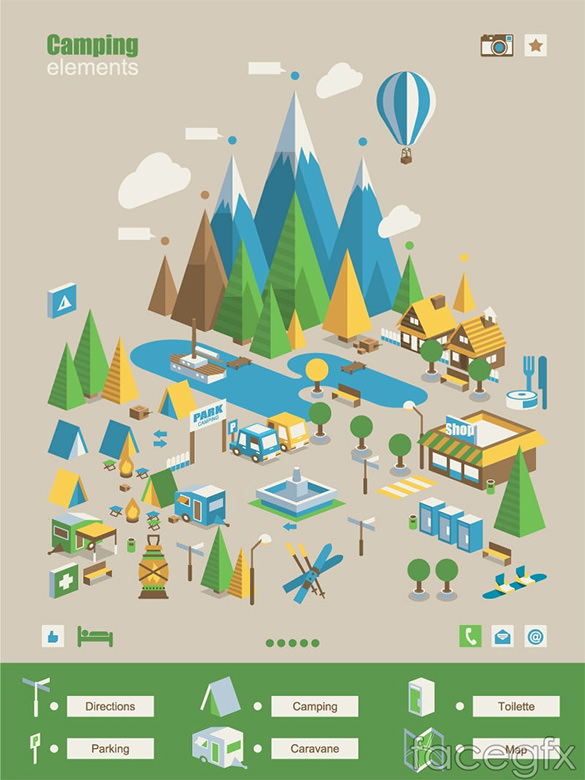Corner angles are necessary parts in construction and engineering projects. They offer strength, sturdiness, and flexibility. They are likewise easy to set up and can stand up to different ecological variables.
Builders use numerous kinds of angles to develop solid, stable frameworks. Several of these angles are for looks, while others are utilized to improve access and feature.
Strength
The toughness of steel angles is important for guaranteeing that frameworks are safe and can endure heavy lots. These parts can be made use of for a range of projects, from strengthening beams and columns to developing frameworks for shelving and secure fencing. They are additionally suitable for producing support frameworks in commercial atmospheres.
Rounded inside corners are an important part of modern design and style, as they help to distribute stress and anxiety equally across the material. This can make a material more powerful and less likely to crack or stop working, specifically in products such as glass, stone, and ceramic tile.
Rounded corners in rotomolded components also aid to minimize anxiety concentrations, which can result in architectural weak points and poor quality. Because of this, Gregstrom Corporation advises that developers make use of rounded corners when producing rotomolded parts. These attributes will certainly improve the total high quality of the finished item and assistance to make certain that the shaped component is strong, long lasting, and long-lasting. This will certainly lower the need for repair work or replacements gradually.
Durability
Curved inside corners are an essential element of contemporary design and layout, and they can considerably boost the security of frameworks made from stone or glass. They likewise assist to uniformly disperse tensile and compressive forces, which decrease the possibility of breaking or damage.
These angles are critical to our day-to-day lives, making it much easier for us to move around in our environments. For instance, mobility device ramps, stairs, and entrances are developed with specific angles to make certain safety and availability. Furthermore, the ideal angle is utilized in bridges and structures to guarantee architectural integrity.
In geometry, an angle is the point where 2 rays satisfy. It is likewise called a vertex. The 4 corners of a square have an interior angle of 90 levels. Nonetheless, the term is often made use of to define any sort of corner. For instance, in picture frames, the leading and bottom rails need 45 degree mitre cuts. This is due to the fact that the board widths are different.
Flexibility
While the appropriate angle is one of the most typical sort of angle, other types can create unique, functional, hunting tent and aesthetically appealing structures. Whether you're developing a modern-day coffee table or an industrial-style home, making use of various angles will certainly assist you achieve the desired visual.
You can use aluminum angle to make custom braces for protecting and strengthening your projects. These brackets are light-weight and strong, so they can endure hefty lots and anxieties. They also come in a range of shapes and sizes, making them a functional choice for a vast array of tasks.
Many modern buildings utilize bent inside edges to boost structural stability and durability. These bent corners distribute stress and anxiety throughout the structure to avoid weak spots and splits. This is a crucial consideration for builders and specialists, specifically when dealing with hefty products like stone or ceramic tile. Developing a curved corner can also boost the life-span of the product and decrease upkeep costs. It is necessary to choose the right angles for your job, and to make sure that they are effectively mounted to stay clear of any potential problems.
Cost
Curved inside edges are a necessary component of contemporary design and engineering, as they play a vital duty in increasing structure security and toughness. They likewise help in reducing stress and anxiety circulation and decrease damage. On top of that, they can boost the aesthetic allure of a framework.
Words "edge" generally, yet not always, refers to a 90 degree angle. In geometry, nevertheless, the term "angle" is really a factor where two lines or sides fulfill (or assemble). These points are called vertex, and they can be straight or bent.
Using a curved mitre in a picture frame, for example, needs mindful estimation. The mitre angle is based upon the size proportion of the board at each edge. If the boards are of equal size, after that they will each call for a 45 degree mitre. If the boards are broader, then they will certainly each call for a different angle. This circumstance is common in customized frameworks, where the top and lower rails are usually wider than the side rails.
